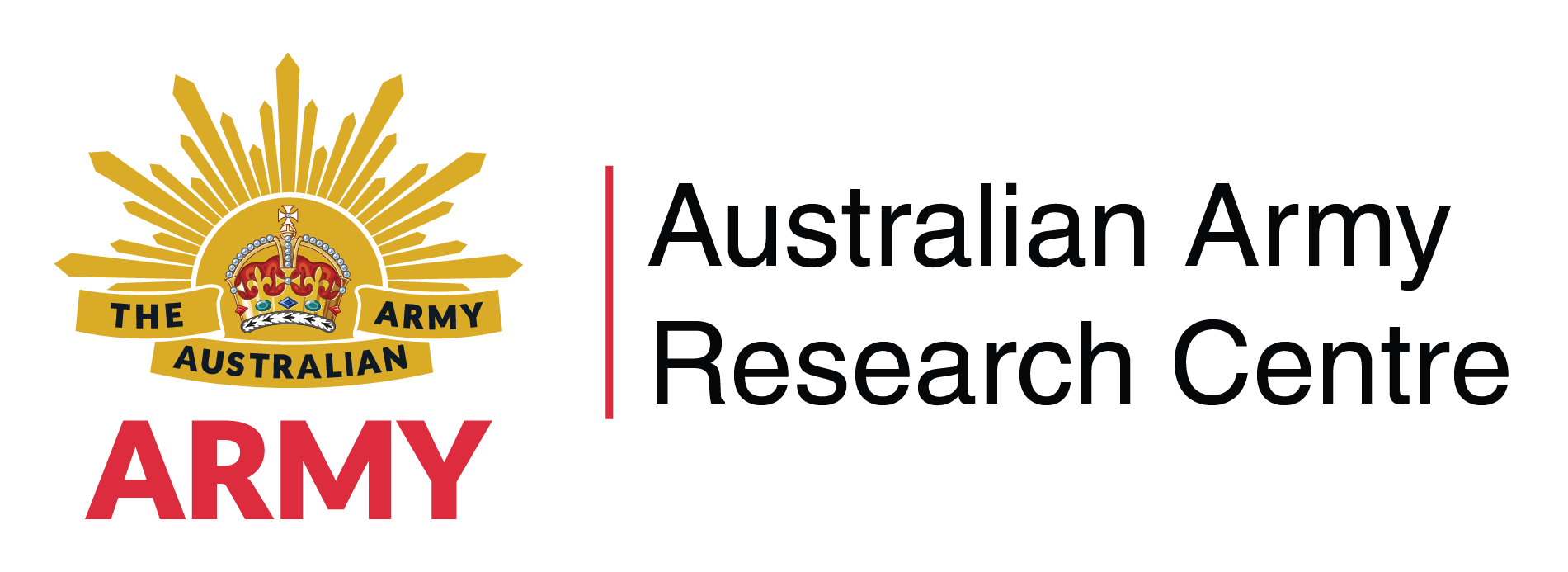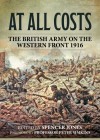The British Army on the Western Front, 1916
Helion and Company, 2018, ISBN : 978804518045, 534pp RRP:35 GBP
Editor: Spencer Jones
Reviewed by: Chris Roberts
Following on from two splendid studies of the British Army on the Western Front in 1914 and 1915, Spencer Jones brings us another excellent volume of essays, this time concerning1916. In it we have 20 contributions from mainly academic historians. Given the Battle of the Somme was the only major operation conducted by the British Expeditionary Force (BEF) in 1916, it is understandable that the bulk of the chapters are devoted to the planning, preparations for, and conduct of that offensive. In popular memory, the Somme is largely defined by the enormous casualties and the perceived incompetence of the British generals. This book takes a broader view to provide a more nuanced and balanced study, which not only considers the failures, but also the successes, and the complexity of preparing for and conducting such a massive operation. This was a British Army largely made up of inexperienced ‘New Army’ divisions raised from the rush of volunteers in 1914 and 1915. As Sir Douglas Haig wrote in March 1916, ‘I have not got an Army in France really but a collection of divisions untrained for the Field’.
Throwing the net wide, Jones and his authors address subjects ranging from strategy, through command, intelligence, transportation, artillery, operations, doctrine, and officer training to post war remembrance. Most are concerned with the BEF save for Tim Gale's analysis of the French XX Corps attack on 1 July, Tony Cowan's study of the effects of the battle on the German Army, and two concluding chapters concerned with memorials, post war memoirs and memory. While Gale's and Cowan's chapters have relevance, noting this volume is ostensibly about the British Army in 1916, the last two, dealing with the post war years, seem out of place.
At the strategic level, Stephen Badsey's overview of British war plans for 1916, complements John Spencer's essay on Sir William Robertson's (Chief of the Imperial General Staff) contribution to Britain's strategic focus. His argument that the Western Front should be the principal theatre of war to defeat the German Army, rather than frittering away resources in distant theatres, brought him into conflict with the Prime Minister, David Lloyd George, and eventually cost him his career. Andrew Wiest presents an equitable evaluation of Haig’s contribution to the Battle of the Somme. While Wiest provides some criticisms, he concludes that Haig was ‘not a dull-witted butcher … Nor was he a great captain … Instead he was a man of his time wrestling with some of the most difficult military challenges ever faced by a commander at any level.’ It is a verdict that many of Haig’s critics refuse to recognise. These chapters provide today’s senior commanders with insights into the varied dimensions that shape strategy during wartime, the political views they must deal with, and the need to present a firm and well-reasoned case to ensure their best strategic advice is accepted by their political masters.
Discerning the enemy's intentions is a difficult task. Jim Beach highlights this by outlining the intelligence available to the British, and the extent to which the German offensive at Verdun influenced the Allied decision to fight on the Somme. He comes down on the side of the late Elizabeth Greenhalgh, that there was ‘no underlying intelligence rationale for the belated appearance and subsequent prominence of “relieving Verdun” within British preparations for the Somme.’ The importance of supply is not overlooked, and Christopher Phillips admirably addresses the transportation difficulties in supplying the enormous appetite of the formations at the front, the reasons for those difficulties, and the resulting changes wrought by Sir Eric Geddes that significantly improved the transportation of supplies in the aftermath of the battle. Two very good studies of trench raiding round out the period before 1 July, demonstrating the importance of planning and preparation.
Bill MacCormick charges that, in employing their artillery at the Somme, the British failed to learn from their experience during 1915. To support his analysis, he provides detailed and ample evidence of the differences in approach taken between the British and the French. Employing the questionable rule of thumb of guns per yards of front and weight of shell to argue his case, MacCormack stands in stark contrast to Simon-Innes-Robbins's excellent command study of Sir Henry Horne (XV Corps) and Spencer Jones's equally fine chapter on XIII Corps's attack at Montauban. Both demonstrate not only the contribution of excellent planning and training to the success of these two Corps on 1 July, but also the successful employment of artillery and the considerable contribution it made in supporting the infantry, especially within XV Corps's sector. They highlight that a great many factors contribute to success or failure, and that with artillery it is not simply a matter of weight of shell and guns per yard, but also how it is targeted and the artillery tactics employed.
In considering failure on the 1 July, Stuart Mitchell's study of the 32nd Division's ‘Learning from Defeat’ delivers more than the title suggests. Rather focusing solely on lessons learned, he undertakes a detailed consideration of the pre-war command doctrine, the way it shaped planning prior to the battle, decision making during the attacks, and the extent to which the division analysed its failure. In examining the Australian and Canadian participation to the Battle, Meleah Hampton and Kenneth Radley eschew the nationalistic hyperbole and hubris that is normally associated with popular histories of their countries' contribution to the war. Hampton's chapter is a damning indictment of the planning and application of firepower by I ANZAC Corps during the push along the Pozieres Ridge after the successful capture of the village by the 1st Australian Division. While her research is impressive, her arguments do not account for the difficulties involved in learning and applying lessons in the midst of a battle, nor other factors that may have contributed to the artillery’s failures. This lack of context undermines the argument presented. Radley examines the disastrous Canadian attack on Regina Trench, the three investigations into the failure, and the lessons derived from them. Both his and Hampton’s chapter reveal that these Dominion forces had some way to go before achieving the status accorded to them later in the war.
Three fine chapters round out the British discussions on the battle. Philip Ventham's narrative is concerned with the development of early tank doctrine and training prior to their initial employment on 15 September 1916. From the first appearance of a practicable fighting tank in February 1916 to the first employment of them eight months later, the British undertook a prodigious effort getting them into battle. Under the direction of Lieutenant Colonel Ernest Swinton, the British Army raised and trained a new force, developed the tank battalion organisation, and produced ‘Notes’ representing early doctrine on their tactical employment. It is an example as to what can be achieved when the mind is focused on introducing a fundamentally new weapons capability. Timothy Halstead's study of the contribution of Officer Training Corps's (OTC) units in providing junior officers for the rapidly expanding British Army. During the first year of the war OTC training generally was unsystematic under ‘hot house” conditions, and resulted in the need for ‘on the job’ training. Improvements with the introduction of Officer Cadet Battalions in February 1916 provided a greater element of quality control with the aim to make young officers as fully prepared as possible for active service at the front. Halstead’s study highlights the point that there can be no shortcuts in preparing officers for their responsibilities of command and leadership, and that thorough initial training provides greater long-term benefits. Peter Hodgkinson rounds out the three with a detailed analysis on the performance and rates of retention of British battalion commanders (CO’s) during the battle. The value of this chapter is its study of the attributes of ‘good fighting CO’s’ during battle, and the need for superiors to choose command appointments wisely.
Tim Gale’s chapter provides a comprehensive and wide ranging study of the French XX Corps’ participation in the battle. Beginning with the application of new doctrine and organisational changes, Gale describes the nature of the French Army’s fighting elements in early 1916, transitioning as it adjusted to the industrial war and trench deadlock it was facing on the Western Front, and absorbing the lessons of earlier fighting. This is followed by a detailed discussion of the preparations and planning undertaken by XX Corps, concluding with the successful results achieved on 1 July. There is much in this chapter that the military professional can learn concerning planning and preparing for major offensive operations. Tony Cowan’s contribution considers the impact of the Battle of the Somme on the German Army. While he concludes that the Army did not find its ‘muddy grave’ on the Somme, it was very badly damaged by the Allied offensive, along with other fighting, especially at Verdun and on the Eastern Front. But while the Army survived, for the first time doubts began as to whether Germany could win the war. As a consequence of the heavy losses and a watering down of the Army’s capability, the need to relieve pressure on it led to the decision for unrestricted submarine warfare in 1917, which has been described as ‘the worst decision of the war.’ While Verdun, the Somme, and Third Ypres (Passchendaele) are criticised for the enormous casualties sustained, Cowan’s chapter is a reminder that wars are won – and the destruction of an enemy’s fighting capability is achieved – largely through hard fighting, not by seeking to minimise casualties.
Most of the chapters are well written, quality essays that are detailed in their research of primary sources, incisive in their analysis, and balanced in their judgements. With a couple of possible exceptions, we see well-reasoned criticism beside positive evaluations of performance. Examples include commanders who were not up to the demands of trench warfare alongside those who demonstrated sound ability and leadership; of the uncertainties facing planners and commanders, and the issues of competing priorities and differing opinions in planning operations. Fundamentally, this is a series of studies of a new British Army flush with inexperience, and which was adapting to the complexities and difficulties of overcoming a well-armed, highly trained and strongly entrenched enemy. The Battle of the Somme unquestionably was a turning point in the development of the British Army.
At All Costs: The British Army on the Western Front 1916 provides another deeply researched and well-reasoned corrective on the British Army during the Great War. It treats the reader with respect, in most instances presenting cases from which they can draw their own conclusions about the Somme, and in particular the British and Dominion armies which fought there. More importantly, many of them provide studies from which today’s officers can derive benefit in their professional military education.



